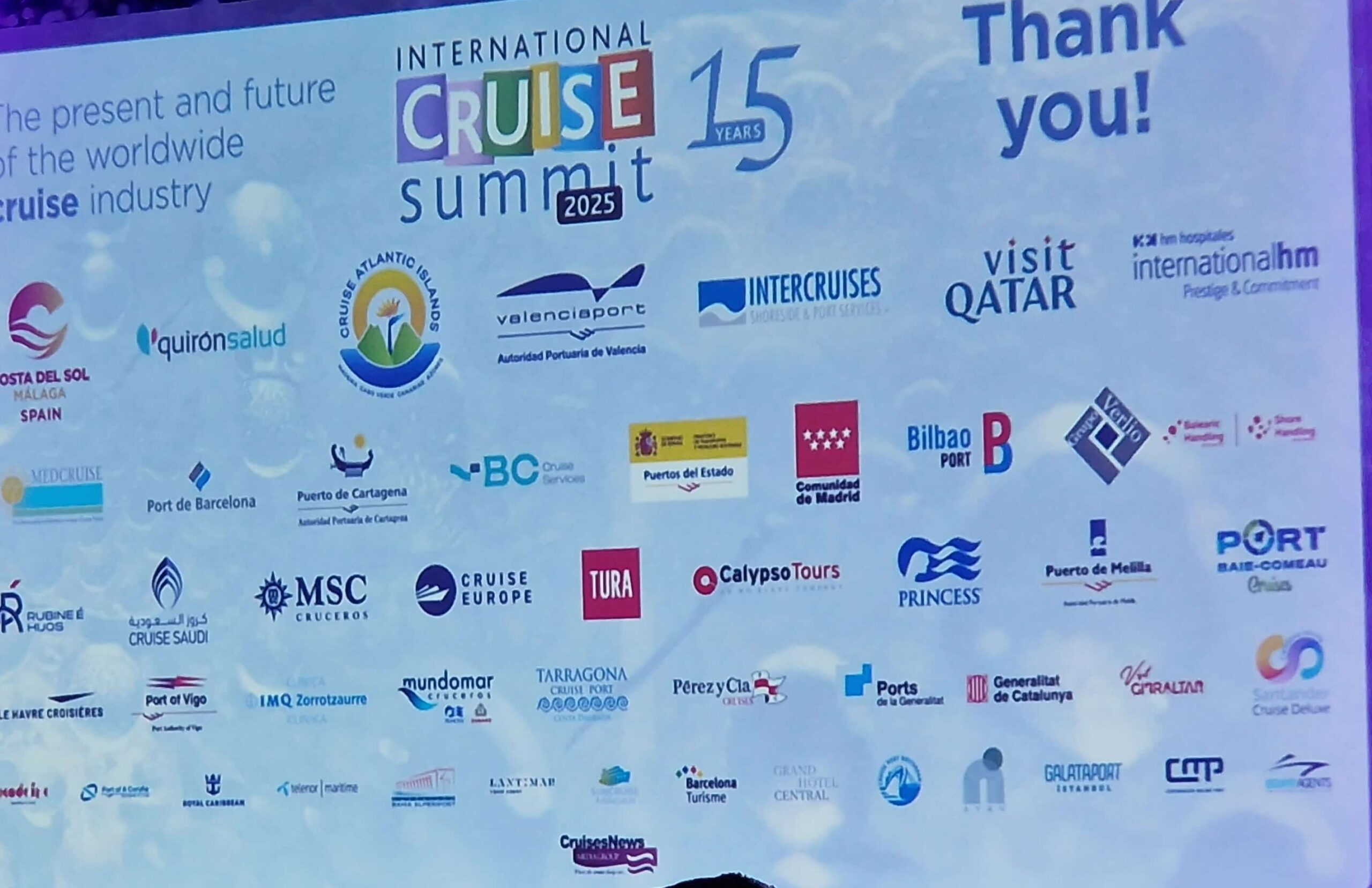
From luxurious transatlantic ships to cruises for everyone
Cruise ships experienced a major boom in the 1960s and since then have become larger, more numerous, and more luxurious. With attractive and interesting features, they grab a significant share of the tourism market and have no intention of stopping.
In recent years, they have also started cruising the Adriatic.
Every time they dock, we are filled with emotions as we watch these magnificent giants arrive in our ports. People gather, pull out their phones and cameras, and take pictures of the ships. When they set sail, accompanied by the sound of their horn, they leave us in our thoughts, thinking, “Oh, if only I were on that ship…”
You may like them or not, you may be fascinated or not, but one thing is for sure… they won’t leave you indifferent.
So, how did it all begin?
“Voyaging is a must,” is an old saying. And people sailed, transporting both goods and passengers around the world. While goods were initially more valuable, soon more attention began to be given to passengers, especially their comfort.
The pioneers of this thinking were the Germans, with one in particular standing out. It was Albert Ballin, the director of the Hamburg-America Line, who had the idea of employing the company’s largest ship during the cold winters of northern Europe. Despite opposition from his colleagues, Albert decided to send the ship August Victoria from the German port of Cuxhaven on a 58-day Mediterranean and Middle Eastern cruise. The journey included well-organized excursions in ports, and it was a great success. Ballin succeeded in his idea, and other cruises were planned.
However, despite the success, these early cruises were difficult to organize because the ships were designed for transatlantic travel and weren’t adapted for pleasure travel. The lack of entertainment to break up the monotony of long journeys and the limited deck space for walking led Ballin, as the director of HAPAG, to commission a ship specifically designed and built for cruises. Thus, Prinzessin Victoria Luise, a German passenger ship with 120 luxury cabins, a gym, a library, and a photo chamber, was created. It was the first ocean liner made exclusively for leisure travel, launched in 1900. It was the first cruise ship!

English Dominance in the Atlantic
To prevent it from being just the Germans, the British shipping giant Cunard Line of England rose in prominence, adding two of the largest ships ever built at the time, Mauretania and Lusitania. The finest designers of the time infused these ships with an Edwardian flair, making them the most luxurious, spacious, and fastest ships. The tradition of “dressing for dinner” was introduced, and what was once a cold Atlantic crossing transporting goods and people was now transformed into a romantic voyage aboard the most luxurious transatlantic ships.
In the competition for passengers, the transatlantic ships became more luxurious, offering guests fine dining, luxurious accommodations, and entertainment, with one of the most luxurious being the Titanic of the White Star Line, owned by American financier J.P. Morgan.
Its construction began in 1909, and two years later it was launched. It was 269 meters long, 28 meters wide, and 56 meters high, with a capacity of around 46,000 gross tons. The maximum speed of the Titanic was 25 knots. It was considered an unsinkable ship, equipped with the latest technology and deemed the “safest ship.”
The Titanic set sail on its maiden transatlantic voyage from Southampton on April 10, 1912. Just four days later, on April 14, 1912, at 11:40 p.m., the Titanic collided with an iceberg while traveling at a speed of 22 knots, sinking by 2:20 a.m. The ship sank, the company collapsed, but the legend lived on.

Cruising Becomes a Hit!
World War II and the development of air travel led to the decline of the transatlantic shipping industry. Interest in leisure sea travel grew, so transatlantic ships made way for larger cruise ships.
Although some ships share characteristics of both types, the design priorities differ significantly. Transatlantic ships are characterized by traditional style, luxury, and speed, while cruise ships emphasize attractive amenities (pools, saunas, theaters, dance halls, sports facilities) over speed. Another key difference is that transatlantic ships were built for crossing the Atlantic Ocean between Europe and the U.S., while cruise ships operate on shorter routes with more stops along the coast and between various ports and destinations.
A cruise ship is a special type of passenger ship that functions as a floating hotel, transporting passengers from one place to another, from port to port. It is designed solely for the pleasure of passengers, making the journey itself an extraordinary experience.
For a long time, cruise ships were significantly smaller than transatlantic ships, until 1980, when the Norwegian shipping company Norwegian Cruise Lines purchased the SS France, one of the largest remaining transatlantic ships. It was converted into the largest cruise ship, renamed SS Norway, and its success proved that there was a market for large cruise ships.
At the same time, a TV show in the U.S., The Love Boat, began airing, taking place aboard Princess Cruises ships. The show became a hit and greatly contributed to the popularization of cruise ships as a great vacation and entertainment option for “regular” Americans. This trend initially focused on the Caribbean, Alaska, and Mexico, but today it has spread worldwide. Cruising has become a hit!






